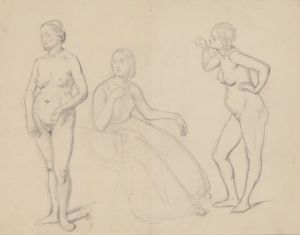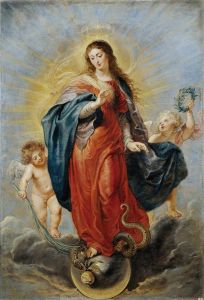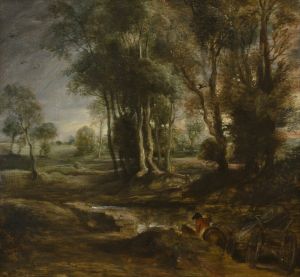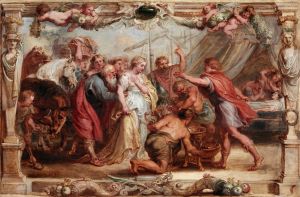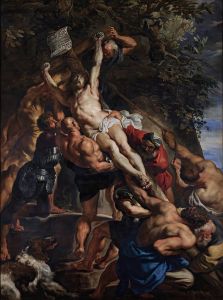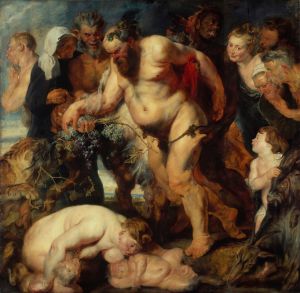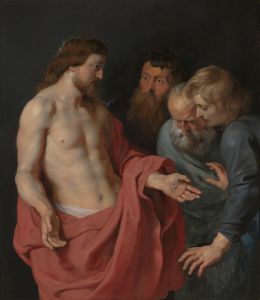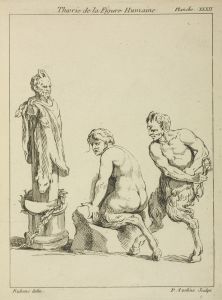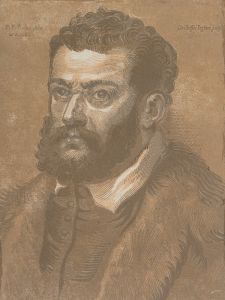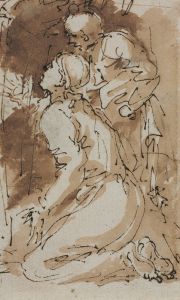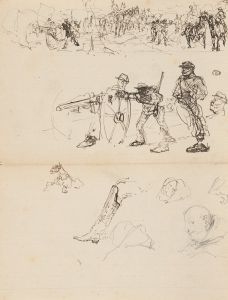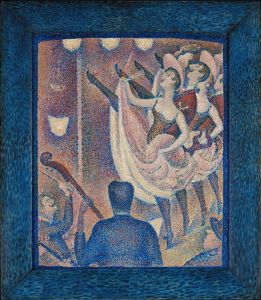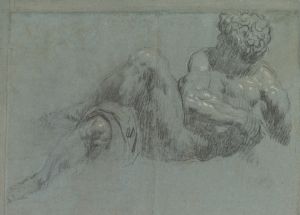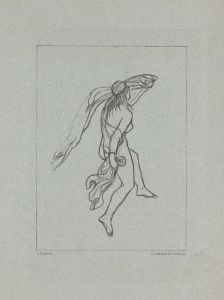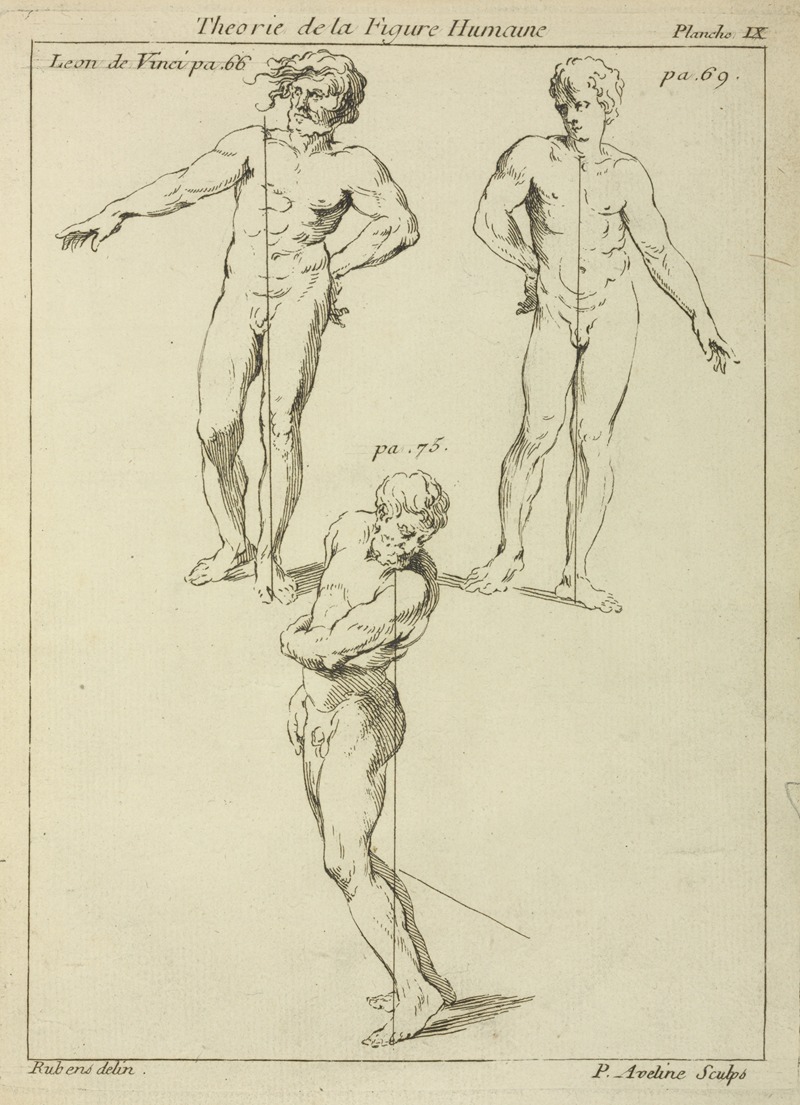
Three studies of male figures
A hand-painted replica of Peter Paul Rubens’s masterpiece Three studies of male figures, meticulously crafted by professional artists to capture the true essence of the original. Each piece is created with museum-quality canvas and rare mineral pigments, carefully painted by experienced artists with delicate brushstrokes and rich, layered colors to perfectly recreate the texture of the original artwork. Unlike machine-printed reproductions, this hand-painted version brings the painting to life, infused with the artist’s emotions and skill in every stroke. Whether for personal collection or home decoration, it instantly elevates the artistic atmosphere of any space.
Peter Paul Rubens, a prominent Flemish Baroque painter, is renowned for his dynamic compositions, vibrant color palette, and masterful depiction of the human form. Among his extensive oeuvre, "Three Studies of Male Figures" stands as a testament to his skill in capturing the human anatomy and movement. This work, like many of Rubens' studies, was likely created as a preparatory piece for a larger composition or as an exercise in understanding the male form.
Rubens was born in 1577 in Siegen, in what is now Germany, and spent much of his career in Antwerp, which was then part of the Spanish Netherlands. He was a prolific artist whose works encompassed religious subjects, historical scenes, portraits, and landscapes. His education in the arts was comprehensive; he studied under several notable painters and was deeply influenced by the Italian Renaissance masters during his time in Italy.
"Three Studies of Male Figures" is a drawing that exemplifies Rubens' interest in the human body and his ability to convey its musculature and movement with precision. The drawing likely served as a study for a larger painting or project, as Rubens often created numerous sketches and studies before executing his final works. These studies allowed him to experiment with composition, light, and anatomy, ensuring that his final paintings were both dynamic and anatomically accurate.
The drawing features three male figures, each depicted in a different pose. Rubens' attention to detail is evident in the rendering of muscles and the naturalistic portrayal of the human form. This focus on anatomy reflects the influence of classical sculpture and Renaissance art, which Rubens admired and studied extensively. His time in Italy exposed him to the works of Michelangelo and Raphael, whose influence is apparent in Rubens' emphasis on the idealized human form.
Rubens' drawings, including "Three Studies of Male Figures," were not merely exercises in technique but also served as educational tools for his workshop. As a leading artist of his time, Rubens operated a large studio in Antwerp, where he employed numerous assistants and apprentices. These drawings provided a foundation for his students to learn from and emulate, ensuring the continuation of his artistic style and techniques.
The exact date of "Three Studies of Male Figures" is not definitively known, but it is consistent with Rubens' style and interests throughout his career. His drawings are characterized by their fluid lines and dynamic compositions, capturing the essence of movement and vitality. This particular study highlights Rubens' mastery of chiaroscuro, the use of strong contrasts between light and dark to achieve a sense of volume and three-dimensionality.
Rubens' legacy as a master of Baroque art is well established, and his studies, such as "Three Studies of Male Figures," continue to be admired for their technical skill and insight into the artist's creative process. These works provide valuable insight into Rubens' approach to art-making and his dedication to understanding and depicting the human form in all its complexity.





